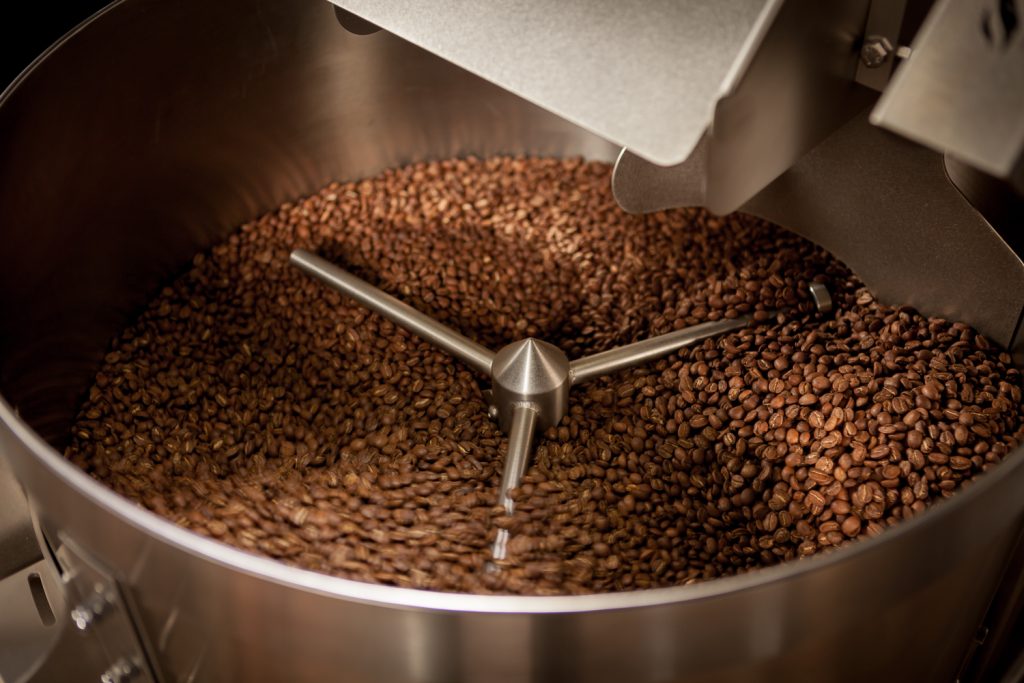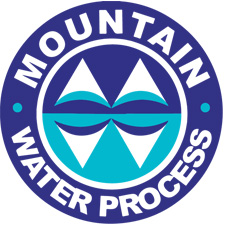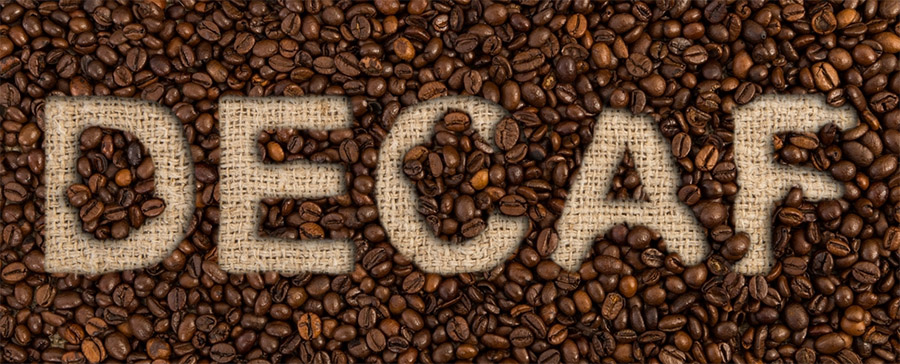Most people are aware that decaf coffee is quite simply coffee without the caffeine. However, have you ever wondered, how is coffee decaffeinated? If so, you’re in luck!
In this article, Joe Borg, Royal New York Senior Coffee Trader, will walk you through the four most common decaffeination processes. At Toomer’s Coffee we currently use both Swiss Water Processed® and Mountain Water Processed Decaf.

What is decaf coffee and how is coffee decaffeinated?
Decaf coffee is the removal of caffeine from coffee beans during a process that may consist of either a solvent or non-solvent-based process. Here at Royal New York, we’ve seen an uptick in trendy requests of higher quality decaf coffees as consumers are more interested in knowing more about where their coffee is coming from.
In this article we’ll highlight some of the decaf coffees we source and the different methods of decaf processing. The 4 decaf processes showcased include Mountain Water (Descamex processed in Mexico), Swiss Water (processed in Vancouver, Canada) Methyl Chloride (processed in Canada), and Ethyl Acetate (processed in Colombia). Decaf processing removes approximately 99.9% of caffeine content, leaving very little caffeine trace.
Descamex Mountain Water Decaf Processing

The first type of decaf processing we’re looking at is Descamex Mountain Water Decaf Processing. For this process, when coffee first arrives at the plant, they send coffee samples to their laboratory for evaluation. They evaluate these samples not only for caffeine content but also levels of other compounds so they can prepare the appropriate processes for that particular coffee. By doing this, when they finish the coffee decaffeination, they ensure that the final product meets the correct specifications.
After evaluation, they separate the coffee into batches for processing. In this process, a standard batch size is 5,000 kg. They then send the coffee to the maximizer, where they treat it with steam under pressure to soften and enlarge the beans. This makes the caffeine easier to remove from the beans. After the beans are ready, the caffeine extraction process can begin.
During caffeine extraction, they submerge the beans in a caffeine-free solution of coffee solids under precise pressure, flow, and heat levels in a vacuum. This process selectively removes the caffeine through osmosis. For coffees with a higher caffeine content, multiple applications of this step may be necessary to reach optimal caffeine content. Then, they filter the caffeine out of the solution using specialized cellulose and activated charcoal filters so they can reuse it.
Finally, they then move the coffee through 3 different dryers: a drum dryer like you might find in a wet mill, a horizontal fluid bed dryer, and a vertical “waterfall” dryer. They dry the coffee in these dryers until they reach 11% moisture, which takes around 12 hours. After drying the coffee goes to a polisher. The polisher removes the silver skin and dust to prepare it for export. All told, this decaf coffee processing method generally takes between 48 and 60 hours.
Swiss Water Decaf Processing

For Swiss Water decaf processing, once coffee arrives at the plant, it goes through 3 stages of cleaning. The first is to remove dust and debris, then a screen to remove any items or beans which are too small or too big. Finally, the coffee goes through a mechanical polisher to remove silver skin from the beans. At this point, the coffee is hydrated to around 50%, enlarging and softening the beans.
It is at this point that the decaf process starts in full. First, the coffee must come into contact with a proprietary green coffee extract. This extract is only of water and the non-fibrous contents of green coffee, which selectively, through osmosis, removes only the caffeine from the coffee being processed. Then, they run the extract through a custom carbon medium, which filters the caffeine removed from the coffee out of the extract. They reuse this extract to decaffeinate the next lot of coffee, so it has to be free of caffeine.
Once caffeine fully saturates this carbon medium, they incinerate it in a furnace. This destroys the caffeine and reactivates the medium so that they can use it again.
But now, back to the coffee decaffeination process. They move the coffee to a mechanical dryer after processing. Here it dries for three to four hours until it reaches 10% to 11% moisture and is ready for re-bagging and shipment to the buyer. I find it interesting that the entire decaffeination process Swiss Water Decaf takes only around 12 hours!
Sugar Cane or E.A. Processing
The next type of decaf processing we’ll look into is Sugar Cane or E.A. Processing. In this process, once they first receive green coffee at the plant, they sort it and prepare it for processing. A low pressure steam process for 30 minutes is used to open the pores of the coffee to allow for extraction of the caffeine. After this process, they then place the coffee in a solution of water and Ethyl Acetate (E.A.). The Ethyl Acetate is a naturally occurring compound and solvent, derived through the fermentation of sugar cane. During the E.A. process, the solvent naturally bonds to the acids within the coffee, allowing the caffeine to be extracted.
Once the coffee has soaked for sometime, they drain the tank and add fresh solution so that the process can continue. This can sometimes take up to 8 hours, pending the ability to remove enough caffeine from the batch. After they remove the last of the caffeine, they then remove the coffee from the tank and prepare the coffee for steaming. Steaming helps to remove any underlying traces of E.A. Finally, they dry the coffee and clean/sort to spec for bagging and export.
Methyl Chloride or M.C. Processing
The final decaf processing method we’ll be looking into is Methyl Chloride or M.C. Processing. Methyl Chloride is a chemical solvent used for extracting caffeine from green coffee beans.
During this process, they soak the coffee beans in hot water to extract most of the caffeine. After that, they remove the beans from the water and add the M.C. solvent to bond with the caffeine. Once that reaction occurs, they remove the compound created from the surface of the mixture and return the beans to rehydrate. Finally, they remove the coffee and dry it to the desired spec, sort it and bag for export. This decaf process typically takes 21 to 22 hours to complete.
Now you know… how coffee is decaffeinated!
We hope that you found this article informative and helpful in learning more about the coffee decaffeination process.
